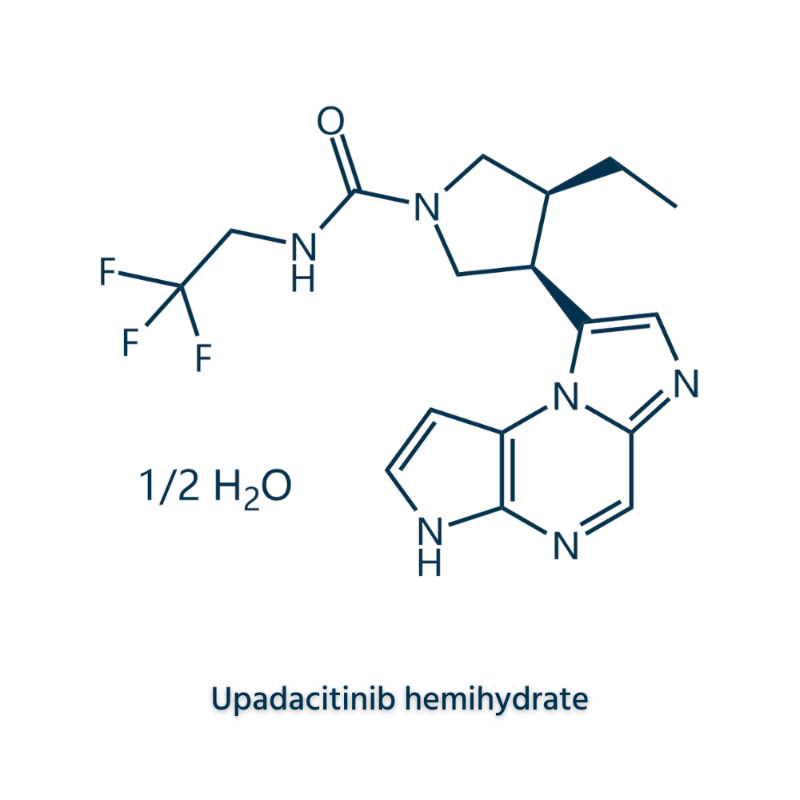-
Categories
-
Pharmaceutical Intermediates
-
Active Pharmaceutical Ingredients
-
Food Additives
- Industrial Coatings
- Agrochemicals
- Dyes and Pigments
- Surfactant
- Flavors and Fragrances
- Chemical Reagents
- Catalyst and Auxiliary
- Natural Products
- Inorganic Chemistry
-
Organic Chemistry
-
Biochemical Engineering
- Analytical Chemistry
-
Cosmetic Ingredient
- Water Treatment Chemical
-
Pharmaceutical Intermediates
Promotion
ECHEMI Mall
Wholesale
Weekly Price
Exhibition
News
-
Trade Service
Zhenyi An of the University of California, San Francisco, And others have written to discuss and explain the effects of EGFR/EGFRvIII conduction signaling pathways, drugs on EGFR/EGFRvIII, and EGFR amplification/EGFRvIII variants on GBM therapy in glioblastomaThe results were published online in January 2018- From the article chapter
(Ref: An Z, et alOncogene2018 Mar;37(12): 1561-1575doi: 10.1038/s41388-017-0045-7Epub 2018 Jan 11.:glioblastoma (GBM) is the most common malignant brain tumor in adults, according to its expression patterncans can be divided into: classic type, neuronal precursor, neuronal type and interstitial leaf type subtypes, through single-cell rna nucleic acid sequence determination can observe the heterogeneity of the tumorThe epidermal growth factor receptor (epidermal growth factor receptor, EGFR) is an intermembrane receptor with tyrosine kinase activityThe EGFR of the dipolymer phosphorifys the tyrosine residue at the C end and becomes the berthing site of sRC homology 2 (SH2) domain signal ingressin, conversion protein, signal conversion protein and activation protein, which together regulate the physiological and pathological processes downstream of the pathwayEGFR in glioblastoma can often occur gene deletion and mutation, of which epidermal growth factor receptor mutants III (EGFRvIII) is the most common, it is the substrate of EGFR; Zhenyi An of the University of California, San Francisco, And others have written to discuss and explain the effects of EGFR/EGFRvIII conduction signaling pathways, drugs on EGFR/EGFRvIII, and EGFR amplification/EGFRvIII variants on GBM therapy in glioblastomaThe results were published online in January 2018according to the location of EGFR, its signalpaths can be divided into two categoriesThe first category is the mass membrane signaling pathway, including the RAS/RAF/MEK/ERK pathway, the PI3K/AKT pathway, the JAK/STAT path and the PKC pathwayThe second category is the nuclear membrane signaling pathway, which includes DNA-PK, PCNA, histone H4, STATs, mitochondrial membrane signaling pathway, and signaling molecules including COXIIThe research shows that EGFRvIII has the characteristics of promoting tumor growth, survival, invasion, stem cell properties, enhanced metabolism, angiogenesis and tumor cell growth EGFRvIII not only shares the signal path with EGFR, but also has its uniqueness EGFRvIII Phosphoricacidizing SFK activates cell division factor 1 (DOCK1), plays an important role in mediated cell growth and migration, thereby enhancing the carcinogenic effect of EGFRvIII; EGFRvIII can reshape transcription factors to promote the proliferation and survival of tumor cells EGFRvIII RNA can also be transferred to other cells through microcystic vesicles, enhancing the cell's adaptability current treatments for EGFR/EGFRvIII, including small molecule tyrosine kinase inhibitors (TKIs), antibody therapy, vaccine therapy, chimeric antigen receptor T-cell therapy, and RNA base therapy (Table 1) TKIs therapy works by blocking the binding to the tyrosine kinase domain of EGFR, which has good therapeutic prospects for inhibiting tumor growth and improving survival However, due to the presence of the blood-brain barrier, the first generation of drugs can not penetrate the blood-brain barrier to reduce the concentration of drugs in the brain tissue, so the role of tumors is limited The third-generation drug, which can effectively penetrate the blood-brain barrier, is the most promising drug for the treatment of glioblastoma, and is currently being clinically tested in Phase I/II EGFR/EGFRvIII antibody therapy prevents the binding of ligands to EGFR or the formation of eGFR dipolymers through the L2 binding domain Among them, the bispecific T-cell link can bind to CD-3 T cell receptor stomps t-cell action Injecting bispecific EGFRvIII.xCD3 antibodies can completely cure 75% of the tumor mice But human trials have not yet been conducted Antibodies often fail to penetrate the blood-brain barrier, so their ability to get into tumor cells effectively remains a question Anti-EGFRvIII vaccine therapy made it safe, immune and specific through host immune response, but failed in clinical phase III double-blind trials The chimeric antigen receptor T-cell (CAR-T cells) therapy of target EGFRvIII demonstrated safety and feasibility in clinical Phase I trials in EGFRvIII-positive patients It can penetrate the patient's blood-brain barrier and has a broad prospect of treating glioblastoma RNA basic therapies include antonym oligonucleotides, interfering RNA, nucleases, and auxiliary small RNA, which inhibit tumor growth by reducing the level of EGFR/EGFRvIII transcribed mRNA However, the existence of the blood-brain barrier, low-energy target transport and off-target problems need to be further overcome Table 1 EGFR/EGFRvIII Target Therapy Table a variety of targeted EGFR/EGFRvIII chemicals or antibodies cannot effectively penetrate the blood-brain barrier, thereby limiting its effectiveness; Mutations and an increase in residual RTK may result in bypass activation of EGFR/EGFRvIII signals; PTEN can negatively regulate the PI3K signaling pathway of EGFR, and when PTEN is missing, tumors' response to EGFR inhibitors decreases Glioblastoma is highly heterogeneous, and RTK amplification is usually located in the dystrium structure outside chromosomes, which is resistant by tumor heterogeneity All GBM tumors with EGFRvIII mutations are accompanied by EGFR amplification, and co-expression of EGFRvIII and EGFR may coordinate to regulate immune cell immersion in the tumor microenvironment, dramatically promoting tumor growth, but the specific mechanism is still unknown EGFR amplification/EGFRvIII mutation plays an important role in the development of glioblastoma Understanding and understanding the heterogeneity of glioblastoma, the interaction between tumor cells and interstitial cells, the relationship between EGFR/EGFRvIII signaling pathways and other pathways, and the development of more effective drugs to improve blood-brain barrier permeability and resistance will improve the therapeutic effect of targeted signaling pathways.







